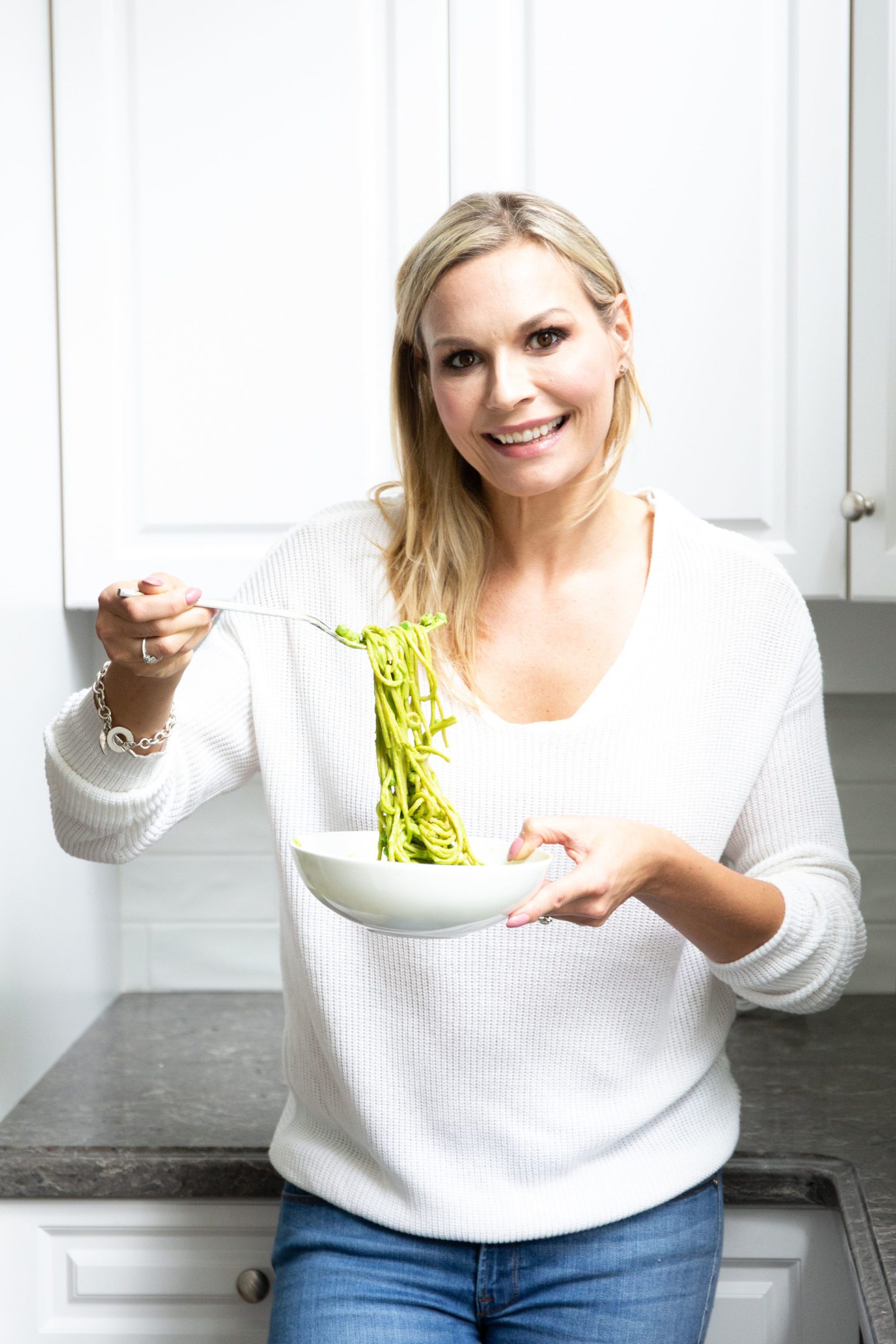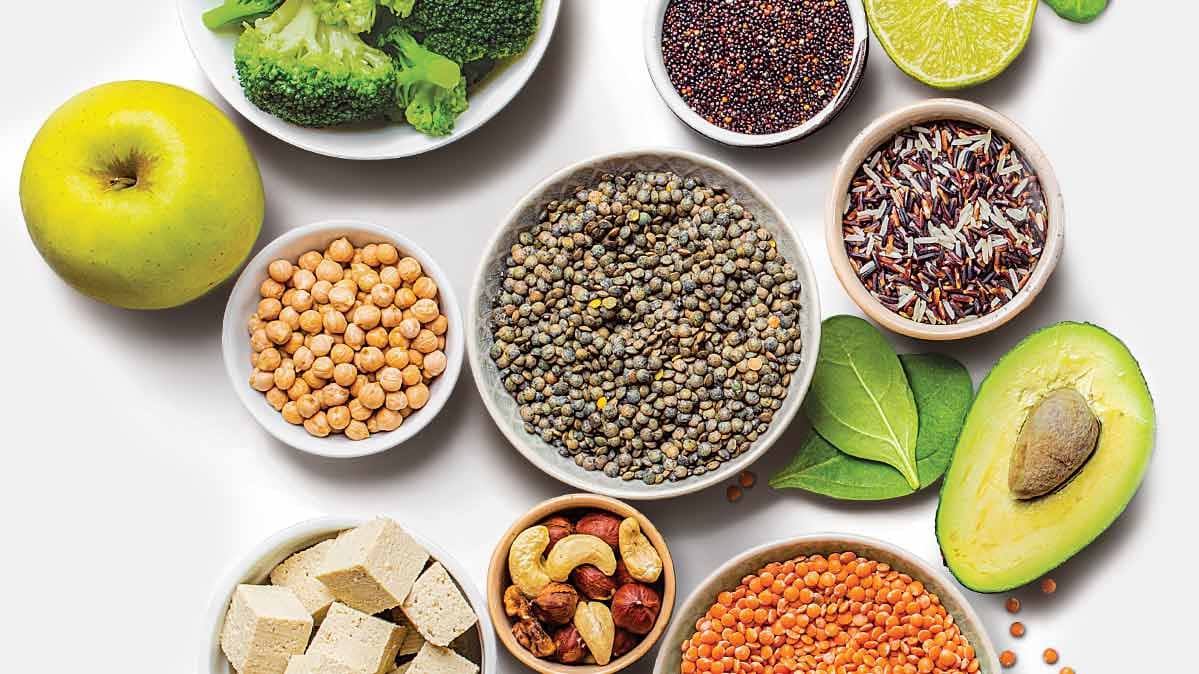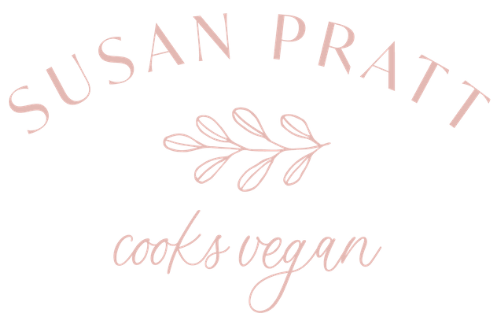
Let’s Talk About Protein. Before we begin to eat protein in our recipes & dishes, it’s best that we understand what protein is, what it can do for us and the best practices for adding it to our dishes. We must note that there are millions of people out there who do not receive enough protein due to food insecurity. Protein is a crucial factor in the strength of muscles, nutrition and increased immunity to keep a strong heart and respiratory system.
With that in mind, let’s talk protein!

What is protein?
Protein is found throughout our bodies —in our muscles, bones, skin, hair, and every other body part or tissue. It makes up the enzymes that power many chemical reactions and the haemoglobin that carries oxygen in our blood.
Protein is made from 20+ basic building blocks called amino acids. Our bodies do not store amino acids so we need to make them in different ways. Two of these ways are from scratch OR by modifying other amino acids. There are 9 amino acids that come from food: histidine, isoleucine, leucine, lysine, methionine, phenylalanine, threonine, tryptophan, and valine.
How much protein do I need?
The National Academy of Medicine recommends that adults get a minimum of 0.8 grams of protein for every kilogram of body weight per day or just over 7 grams for every 20 pounds of body weight. There is no information on the ideal amount of protein one needs in their diet to be healthy but the National Academy of Medicine indicates that we can intake our protein from 10% to 35% of calories each day.
- For a 140-pound person, that means about 50 grams of protein each day.
- For a 200-pound person, that means about 70 grams of protein each day.
It’s all about the protein “package”
A protein package is everything that comes along with your protein from fibre, fats, sodium, etc. Every food you eat will come with a different protein package so it’s best to keep a mental note of what you are eating to not over-increase your intake of each. The table below shows a sample of food “packages” sorted by protein content, alongside a range of components that come with it.
For example, A cup of cooked lentils provides about 18 grams of protein and 15 grams of fibre, and it has virtually no saturated fat or sodium.
To discover more information on research and protein for human health, check out my source via Harvard.
For more interesting cooking tips & facts on what you’re eating, check out my page called Tips & Tricks.
